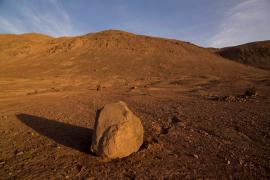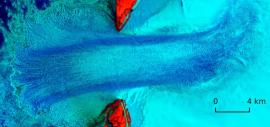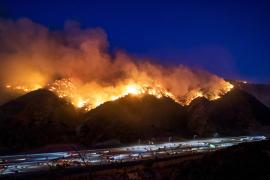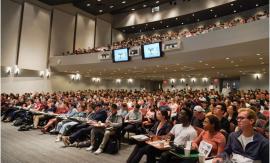
Earthquake-Simulating Machine Leads Cornell Prof. Gregory McLaskey ’05 to National Award
Assistant Professor Gregory McLanskey, a field faculty member in Geological Sciences, received the $500,000 National Science Foundation early career award. The award supports “early-career faculty who have the potential to serve as academic role models in research and education and to lead advances in the mission of their department or organization,” according to the NSF website. The academic work worthy of this award should work toward “integrating education and research.” Read more






